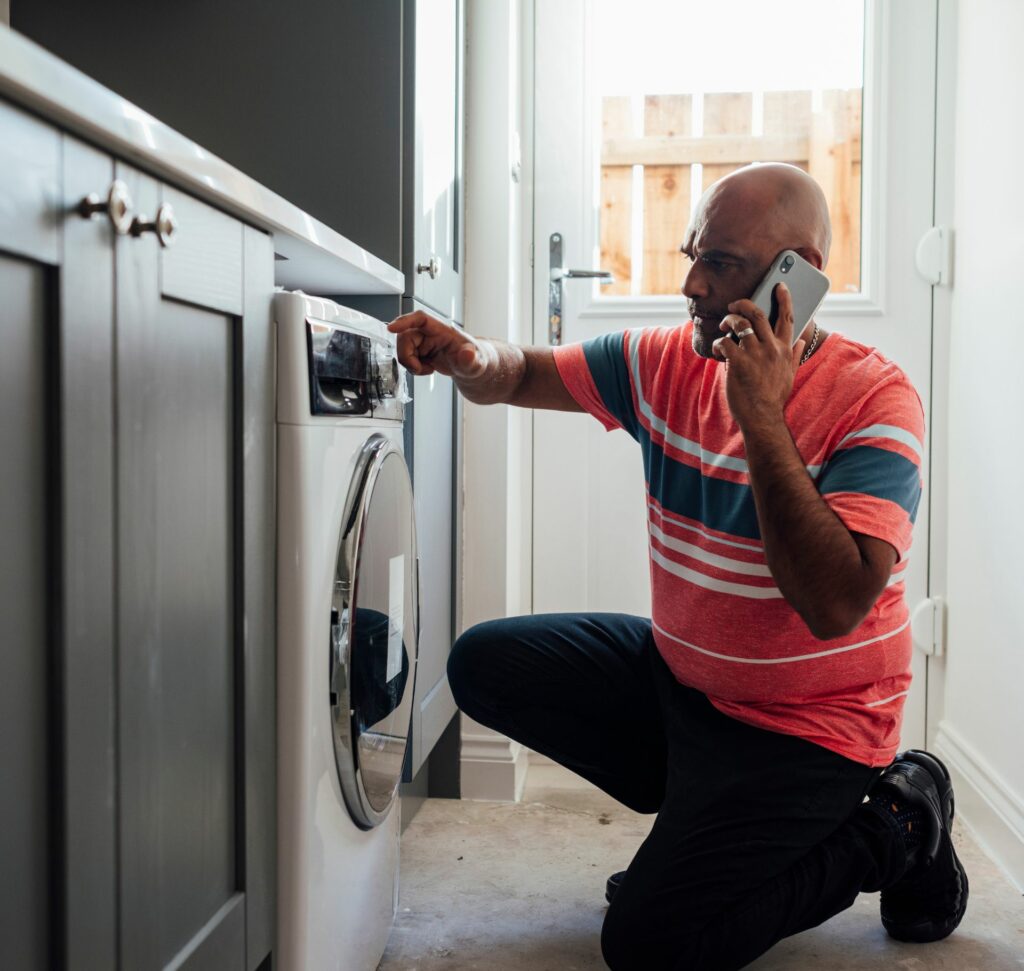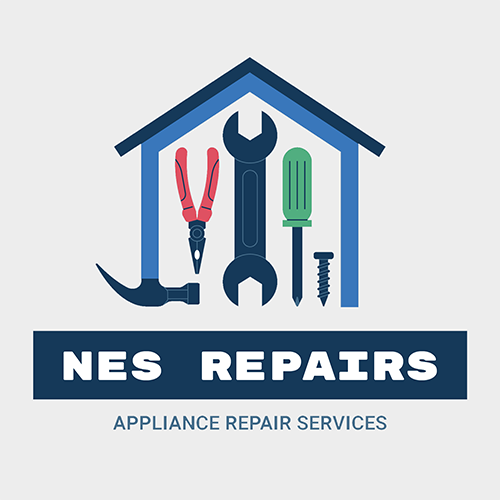Understanding common appliance issues: A guide to identifying the most frequent problems that can occur with household appliances.
Appliances are an integral part of our daily lives, making our household tasks easier and more convenient. However, they are also prone to certain issues that can disrupt their smooth functioning. Understanding these common appliance issues is crucial for every homeowner, as it can help identify potential problems and take timely action. Let’s explore some of the most frequent problems that can occur with household appliances. One of the most common issues with appliances is a lack of power or failure to turn on. This issue can be caused by a faulty power supply, a loose cord connection, or a malfunctioning switch.
Another prevalent problem is inadequate cooling or heating performance in appliances like refrigerators and ovens. This lack of heating or cooling can stem from a variety of factors, such as dirty filters, malfunctioning thermostats, or compressor issues. By familiarizing ourselves with these common issues, we can be better equipped to troubleshoot and resolve appliance problems effectively. Burst pipes or leaks are also frequent concerns with appliances like washing machines and dishwashers. These issues can result from clogged or worn-out hoses, faulty valves, or improper installations.
Additionally, strange noises coming from appliances can serve as valuable clues about the underlying problems. Rattling sounds might indicate loose parts while grinding noises could point toward worn-out bearings. By paying attention to these auditory cues, we can gain insights into potential malfunctions and take appropriate action. That’s why, in this blog, we will delve deeper into the importance of observation and how paying attention to details can help pinpoint the root cause of appliance malfunctions.
The importance of observation: How paying attention to details can help you pinpoint the root cause of appliance malfunctions.
Observation is a key skill when it comes to troubleshooting appliance malfunctions. By paying attention to details, you can uncover valuable information that will lead you to the root cause of the problem. Start by observing the appliance in action. Take note of any unusual behaviors, such as strange noises, vibrations, or excessive heat. These clues can provide important insights into what might be going wrong.
Aside from watching and listening to the appliance in action, it’s important to examine its condition closely. Look for any visible signs of damage, wear and tear, or loose connections. Sometimes, the problem can be as simple as a frayed cord or a loose screw. By thoroughly inspecting the appliance, you can rule out these basic issues and focus on the true problem. Remember, even the smallest details can make a big difference in identifying the underlying cause of the malfunction. Observation is a powerful tool in the world of appliance troubleshooting.
By being attentive to details and thoroughly examining the appliance, you can pinpoint the root cause of the malfunction. Whether it’s a strange noise, a visible defect, or an unusual behavior, these observations can provide valuable clues that will guide your troubleshooting process. So, the next time your appliance acts up, take a moment to observe and investigate before jumping to conclusions.
Listening to your appliance: Why strange noises can provide valuable clues about what might be wrong with your device.
When it comes to household appliances, strange noises can be more than just an annoyance. In fact, they can provide valuable clues about what might be wrong with your device. Whether it’s a humming refrigerator, a banging washing machine, or a rattling dishwasher, paying attention to these sounds can help you pinpoint the root cause of the problem. A high-pitched squealing noise, for example, could indicate a worn-out belt in your dryer, while a grinding sound coming from your dishwasher might suggest that something is stuck in the pump or low on water. By listening to your appliance and identifying these unusual noises, you can take a proactive approach to troubleshooting and potentially save yourself from costly repairs or replacements. So, the next time your appliance starts making unfamiliar sounds, don’t just brush it off – listen closely and seek out the potential solutions to keep your device running smoothly.
The power of elimination: How to rule out simple issues and focus on the true problem.
When faced with a malfunctioning appliance, the power of elimination can help you narrow down the root cause and focus your efforts on fixing the true problem. Before diving into complex troubleshooting, make sure to check the most obvious culprits. Ensure that the appliance is properly plugged in and receiving power. Examine the power cord for any signs of damage or loose connections. Test the appliance on a different outlet to rule out electrical issues.
After starting with the basics, research the most common problems that can occur with your specific appliance. Look for patterns and symptoms that align with the issues others have experienced. This can give you a good starting point for testing and eliminating potential causes. By following these steps, you will be able to eliminate any simple issues and narrow down the true problem. Taking a systematic approach will save you time and effort, allowing you to focus on finding the best solution for fixing your appliance.
Testing the basics: A beginner’s guide to checking common components like power supply, cords, and switches.
When your appliance is not working properly, the first thing you should check is the common components like the power supply, cords, and switches. These components play a crucial role in the overall functioning of your appliance, and if they are faulty or damaged, it can lead to various problems. To test the power supply, start by checking if the appliance is plugged in properly and if the outlet is working. You can do this by plugging in a different device or using a tester. If the power supply seems fine, move on to inspecting the cords. Look for any frayed or damaged wires that could be causing a short circuit.
Finally, examine the switches on the appliance. Make sure they are in the correct position and not stuck or loose. By thoroughly testing these basic components, you can rule out any simple issues and focus on finding the true problem with your appliance. Remember, even though these basic checks may seem simple, they are often the root cause of many appliance malfunctions. Taking the time to test these components can save you from unnecessary repairs or replacements. So, the next time your appliance is acting up, start with the basics and work your way towards a solution.
Mastering the art of appliance inspection: Pro tips for assessing different appliance types and understanding their unique diagnostic methods.
Assessing different types of appliances and understanding their unique diagnostic methods requires a keen eye and a good understanding of how they work. When it comes to inspecting appliances, it’s essential to be thorough and systematic in your approach. Start by familiarizing yourself with the specific appliance you are dealing with. Read the user manual and understand its various components and functions. This knowledge will help you identify any irregularities or malfunctions more effectively.
Next, visually inspect the appliance for any visible signs of damage or wear. Look for loose or frayed wires, broken switches, or any other abnormalities. Pay attention to the surrounding area as well, as sometimes external factors can contribute to appliance issues.
After the visual inspection, it’s time to test the appliance’s functionality. For example, if you’re inspecting a refrigerator, check if it is cooling properly and if the temperature is set correctly. If it’s a washing machine, run a quick wash cycle to see if it functions without any problems. By taking a methodical approach to appliance inspection, you can narrow down the potential causes of issues and have a clearer understanding of where to focus your troubleshooting efforts.
Decoding error codes: How to interpret error messages displayed by modern appliances and use them to your advantage.
Error codes displayed by modern appliances can be intimidating and confusing, but understanding them can be a valuable tool in troubleshooting and resolving issues. These codes provide specific information about what might be wrong with your appliance, allowing you to identify the problem more accurately and efficiently. When interpreting error codes, it is important to consult the appliance’s user manual or manufacturer’s website for a comprehensive list of codes and their corresponding meanings. Error codes can vary between different appliance brands and models, so it is crucial to have the correct information for your specific device.
Once you have identified the error code, you can use it to your advantage by searching for solutions online or contacting a professional technician who can assist you in resolving the issue. Decoding error codes is a skill that can save you both time and money, as it enables you to understand the problem without the need for extensive diagnostic tests. By taking the initiative to interpret error messages, you can quickly pinpoint the source of the malfunction and determine whether it can be fixed by simple troubleshooting or requires professional assistance.

How can I identify common appliance issues?
Understanding common appliance issues is essential for troubleshooting. Look for this guide to identify the most frequent problems that can occur with household appliances.
Why is it important to pay attention to details when troubleshooting appliances?
By observing the details, you can pinpoint the root cause of appliance malfunctions. Learn more about the importance of observation in this article.
What can strange noises coming from my appliance indicate?
Strange noises can provide valuable clues about what might be wrong with your device. Discover why listening to your appliance is crucial for troubleshooting.
How can I rule out simple issues and focus on the true problem?
The power of elimination is key. Follow our step-by-step instructions on how to rule out simple issues and narrow down the true problem.
What components should I check first when troubleshooting an appliance?
In our beginner’s guide, you’ll learn how to test common components like power supply, cords, and switches to troubleshoot your appliance effectively.
How can I assess different appliance types and understand their unique diagnostic methods?
Mastering the art of appliance inspection requires understanding different appliance types and their unique diagnostic methods. Discover pro tips in this article.
How can I interpret error messages displayed by modern appliances?
Decoding error codes is crucial for troubleshooting modern appliances. Learn how to interpret these error messages and use them to your advantage.
Reach Out To Our Speedy Services Today
When it comes to addressing common appliance issues and ensuring that your household appliances run smoothly, Appliance Repair Near Me emerges as the go-to service you can trust. We understand the intricacies of various appliances and offer a comprehensive approach to troubleshooting and fixing problems. Contact us today to experience the peace of mind that comes with reliable appliance repair services.



